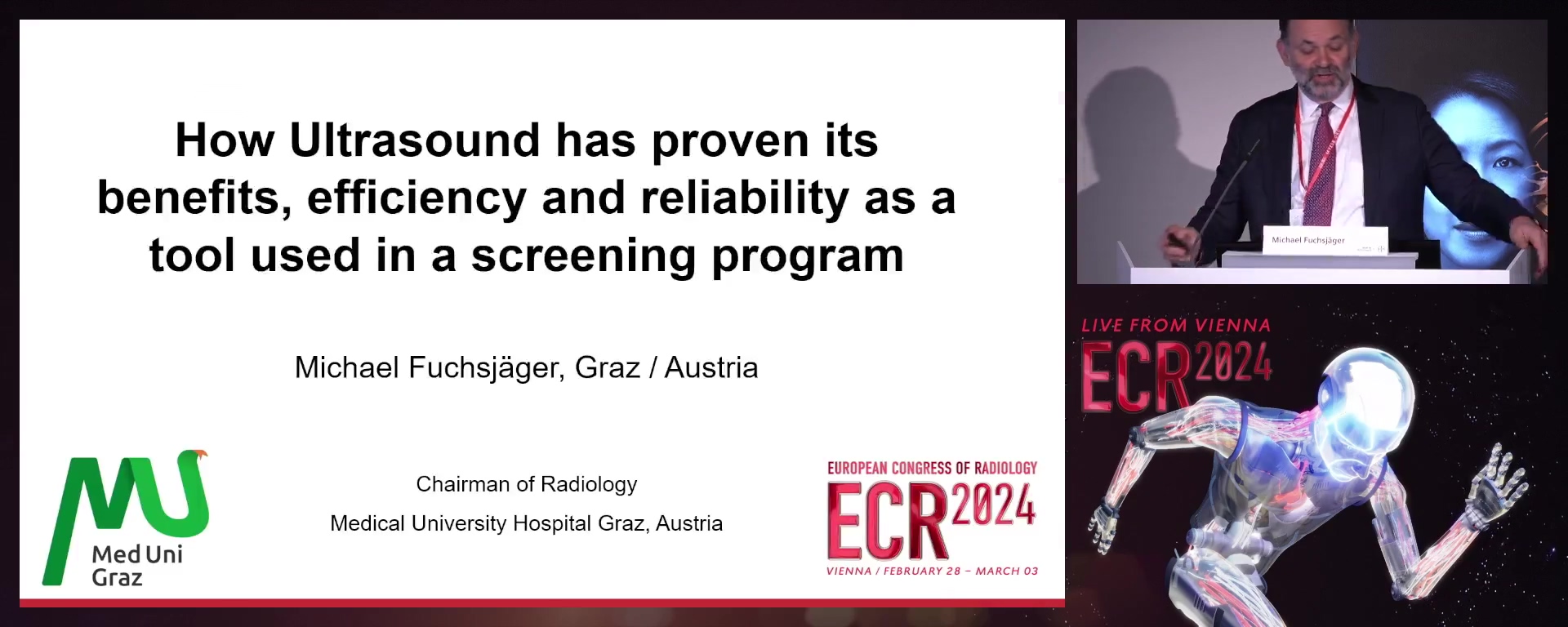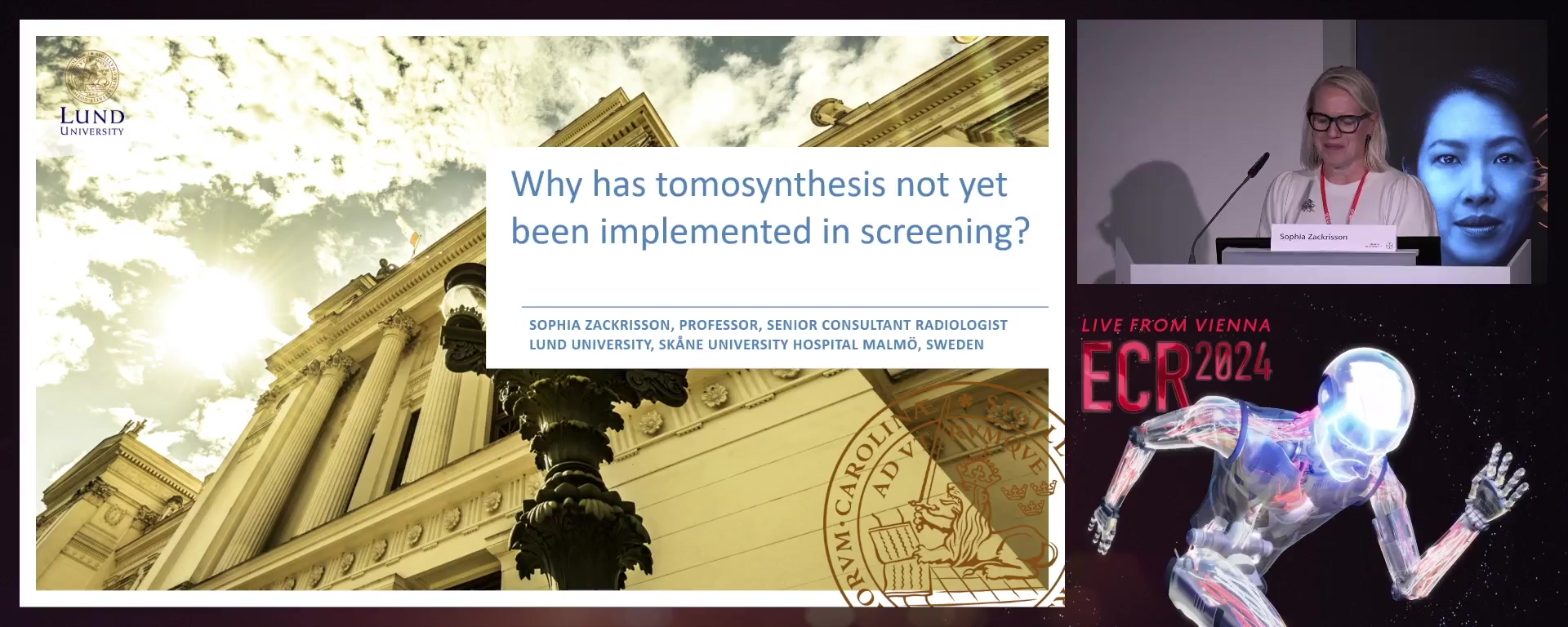Industry Symposium by Siemens Healthineers and Bayer
IND 9 - How established does an examination method need to be before it is integrated in breast cancer screening programs?
The European breast cancer screening program has been in place for more than 20 years and has largely followed the same screening method: 2D FFDM with two projections every two years for nearly all women in a certain age group. Over the years, more differentiated, personalized, and IT-supported examination procedures have been developed and clinically tested.
In this symposium, experts will discuss when and how European guidelines will be updated to reflect new clinical experience, scientific evidence, and technological developments.
We will explore the following questions from different perspectives:
- When do positive study results prompt an update to guidelines?
- Is withholding a proven examination method for a longer period of time justified?
- Does the demand for large prospective studies help or hinder the introduction of an examination method into screening programs?
In this symposium, experts will discuss when and how European guidelines will be updated to reflect new clinical experience, scientific evidence, and technological developments.
We will explore the following questions from different perspectives:
- When do positive study results prompt an update to guidelines?
- Is withholding a proven examination method for a longer period of time justified?
- Does the demand for large prospective studies help or hinder the introduction of an examination method into screening programs?
IND 9-1
15 min
Why haven’t breast MRIs been established for dense breasts?
Athina Vourtsis, Athens / Greece
Consistent with the EUSOBI recommendations, which were updated after the publication of the DENSE trial, breast MRI can improve breast cancer detection due to its higher sensitivity and can significantly reduce interval cancers for women with extremely dense breast tissue.
Is it is possible to successfully implement Breast MRI in daily clinical practice for supplemental imaging? Yes it is!
Abbreviated Breast MRI protocols can help to reduce time – and costs – of screening while adding to high diagnostic efficacy. This increases cost-effectiveness and access to MRI screening for more women with extremely dense breasts.
Is it is possible to successfully implement Breast MRI in daily clinical practice for supplemental imaging? Yes it is!
Abbreviated Breast MRI protocols can help to reduce time – and costs – of screening while adding to high diagnostic efficacy. This increases cost-effectiveness and access to MRI screening for more women with extremely dense breasts.
IND 9-2
15 min
How Ultrasound has proven its benefits, efficiency and reliability as a tool to be used in a screening program
Michael Fuchsjäger, Graz / Austria
IND 9-3
15 min
Why patients value new implementation and what benefit it brings to involve patients in guideline improvements.
Caroline Justich, Vienna / Austria
-To understand the patient’s view on new examination methods
- To value patients’ needs in radiology
- To comprehend the importance of radiology for the patients’ journey
- To value patients’ needs in radiology
- To comprehend the importance of radiology for the patients’ journey
IND 9-4
15 min
Why has tomosynthesis not yet been implemented in screening?
Sophia Zackrisson, Malmö / Sweden
- To know about the suggested use of digital breast tomosynthesis (DBT) in the guidelines of the European Commission Initiative on Breast Cancer
- To understand the current evidence of DBT in screening and established use in Europe
- To appreciate the need for discussion around principles for development of already existing screening programs
- To understand the current evidence of DBT in screening and established use in Europe
- To appreciate the need for discussion around principles for development of already existing screening programs
IND 9-5
15 min
How to implement AI in mammography screening
Ilse Vejborg, Hellerup / Denmark
- Introduction to the topic
- Experience with implementing AI in mammography screening
- Clinical case to exemplify how AI can modify the management of patients in breast cancer screening programs
- Experience with implementing AI in mammography screening
- Clinical case to exemplify how AI can modify the management of patients in breast cancer screening programs




